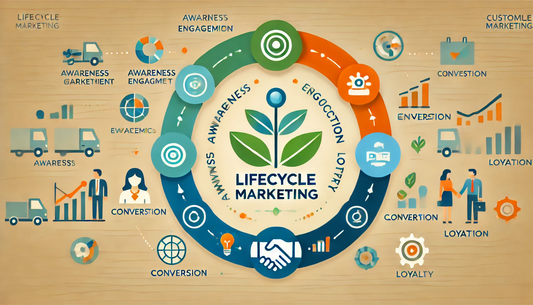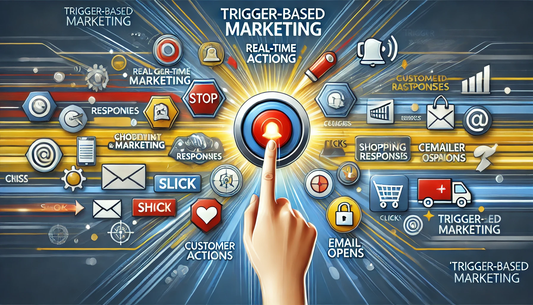The story of Roomba is one that resonates deeply with every startup founder. It’s not just a tale of a product that revolutionized the way we clean our homes but also a testament to resilience, innovation, and strategic evolution.
From a series of failed prototypes to becoming a household name in robotics, Roomba’s journey offers invaluable lessons for startups aiming to make their mark.
Let’s break down the strategies and decisions that propelled Roomba from a concept to a market leader, and how you can replicate them in your startup journey.
1. Embrace Failure as a Learning Tool
Before the successful launch of the Roomba in 2002, iRobot faced numerous setbacks. Early prototypes of the robotic vacuum were unreliable and prone to breakdowns.
Instead of viewing these failures as dead ends, iRobot saw them as learning opportunities. This shift in mindset turned every failed prototype into a stepping stone for success.
Actionable Takeaway: For startups, failure is not the end but a learning tool. Every setback provides valuable insights. Use this data to refine your product, approach, and strategy. The key is to embrace the process of growth, no matter how messy it seems at times.
2. Validate Your Market Early
iRobot didn’t just launch a product and hope it would sell. They conducted extensive market research to understand if consumers were ready for an autonomous cleaning device. Instead of diving in blindly, they tested the waters, gauging interest and tweaking the product based on consumer feedback.
Actionable Takeaway: Don’t assume your product is a perfect fit for the market right away. Conduct surveys, create MVPs (Minimum Viable Products), and gather real-time feedback. This approach ensures you're creating something people genuinely want and are willing to pay for.
3. Innovate Within Constraints
Roomba’s early versions had limitations—battery life, navigation, and cleaning efficiency were just a few challenges. But iRobot didn’t try to create the perfect robot from the start. Instead, they focused on making incremental improvements within the technical constraints they faced.
Actionable Takeaway: Don’t wait for perfection. Work within your limitations—whether they’re time, money, or technology—and launch a version that’s good enough. You can always iterate based on user feedback. Progress, not perfection, is the goal.
4. Leverage Strategic Partnerships
iRobot understood that scaling their distribution would require powerful partnerships. By collaborating with major retailers like Best Buy and Amazon, Roomba was able to reach a broad audience quickly.
These partnerships provided not only market access but also the credibility needed to position the product as a trusted brand.
Actionable Takeaway: Seek strategic partnerships that can help you scale faster. Whether it’s for distribution, technology, or marketing, the right partnerships can amplify your reach and resources, giving you a competitive edge.
5. Focus on User Experience
Roomba wasn’t just about vacuuming; it was about creating an unforgettable user experience. From the simple one-button interface to its ability to return to its charging dock, every aspect of Roomba was designed with the user in mind.
iRobot made sure that every interaction with the product was smooth, efficient, and—dare we say—fun!
Actionable Takeaway: Prioritize user experience in your product development. Make sure your product is easy to use, reliable, and delivers on its promises. A product that delights users is more likely to inspire loyalty and positive word-of-mouth.
6. Position Yourself as a Solution, Not a Gadget
Early robotic products were often seen as gimmicks—something fun but ultimately unnecessary.
iRobot strategically positioned Roomba not just as a robot but as a reliable cleaning assistant that solved a real problem for homeowners—saving time and effort. This shift in positioning helped Roomba become a household name.
Actionable Takeaway: Position your product as a solution to a problem. Focus on the real-world benefits it provides, rather than just flashy features. When your product is seen as a solution, customers are more likely to view it as a must-have.
7. Stay Agile and Adapt
The tech landscape is ever-evolving, and iRobot’s ability to stay agile has been one of its greatest assets. From regular software updates to launching newer models with advanced features, iRobot continues to evolve its product based on market demands and technological advancements.
Actionable Takeaway: Stay agile. Be ready to pivot your product, strategy, or even business model in response to new trends, customer needs, or data. The most successful companies are those that can adapt quickly to change.
8. Invest in Branding and Storytelling
Roomba isn’t just a product; it’s a brand with a story. iRobot successfully conveyed the narrative of bringing cutting-edge robotics into everyday homes. By telling a compelling story about how their technology improved daily life, they built trust and fostered a loyal customer base.
Actionable Takeaway: Develop a strong brand story. Invest in telling that story across all your marketing channels. A compelling narrative can help you differentiate your brand and create deeper emotional connections with your customers.
9. Embrace the Long Game
Roomba didn’t achieve overnight success. It took years of perseverance, iteration, and market education before it became the widely recognized product we know today. iRobot had to patiently educate consumers and build trust in a technology that was unfamiliar at the time.
Actionable Takeaway: Understand that building a successful startup takes time. Don’t be discouraged by early challenges or slow growth. The road to success is a marathon, not a sprint. Stay focused on your vision and keep moving forward, one step at a time.
10. Build a Culture of Innovation
At iRobot, innovation has always been the driving force behind Roomba’s success. The company has fostered a culture of pushing boundaries and challenging the status quo. This culture of innovation doesn’t just apply to the product—it’s part of the company’s DNA, fueling everything they do.
Actionable Takeaway: Build a culture of innovation within your startup. Encourage experimentation, reward creative problem-solving, and create an environment where failure is seen as a step toward success. An innovative team is your greatest asset.
The journey of Roomba, from failed prototypes to a household name, is a powerful reminder that success in the startup world isn’t always straightforward. It’s about resilience, strategic pivots, and relentless focus on delivering value to customers.
By adopting these strategies, you can navigate the startup world and turn your vision into reality.
Start where you are, use what you have, and do what you can. The path to becoming a market leader begins with the first step—and who knows? Your product might just become the next Roomba!










